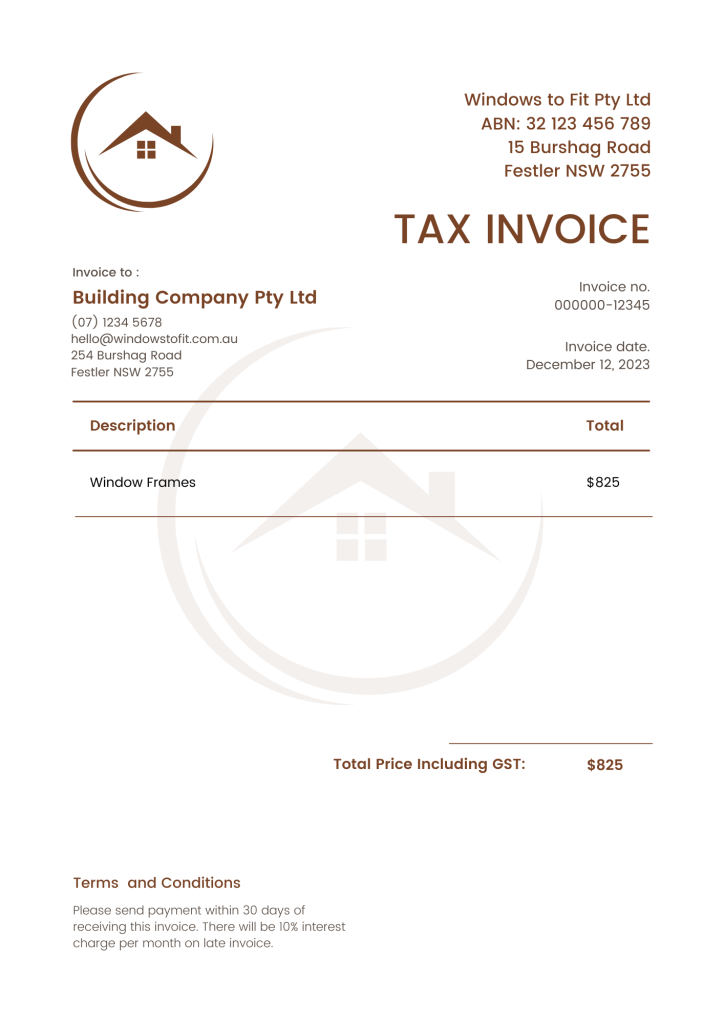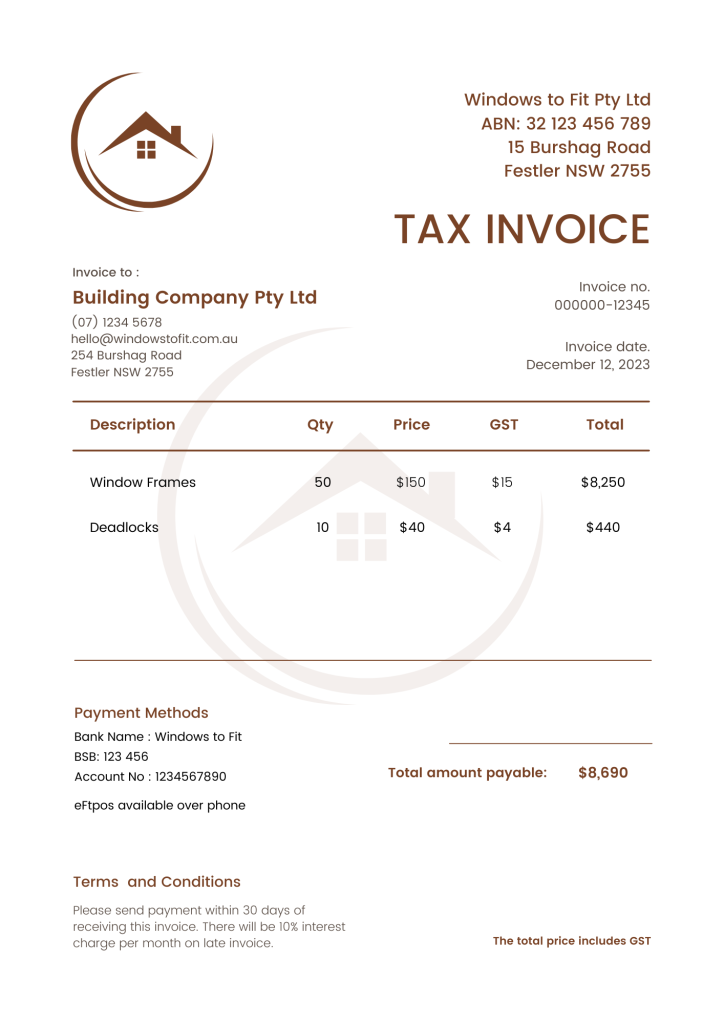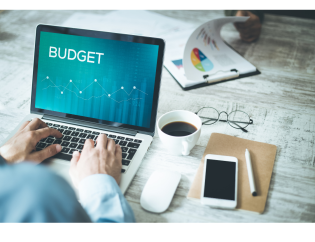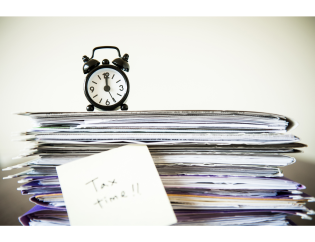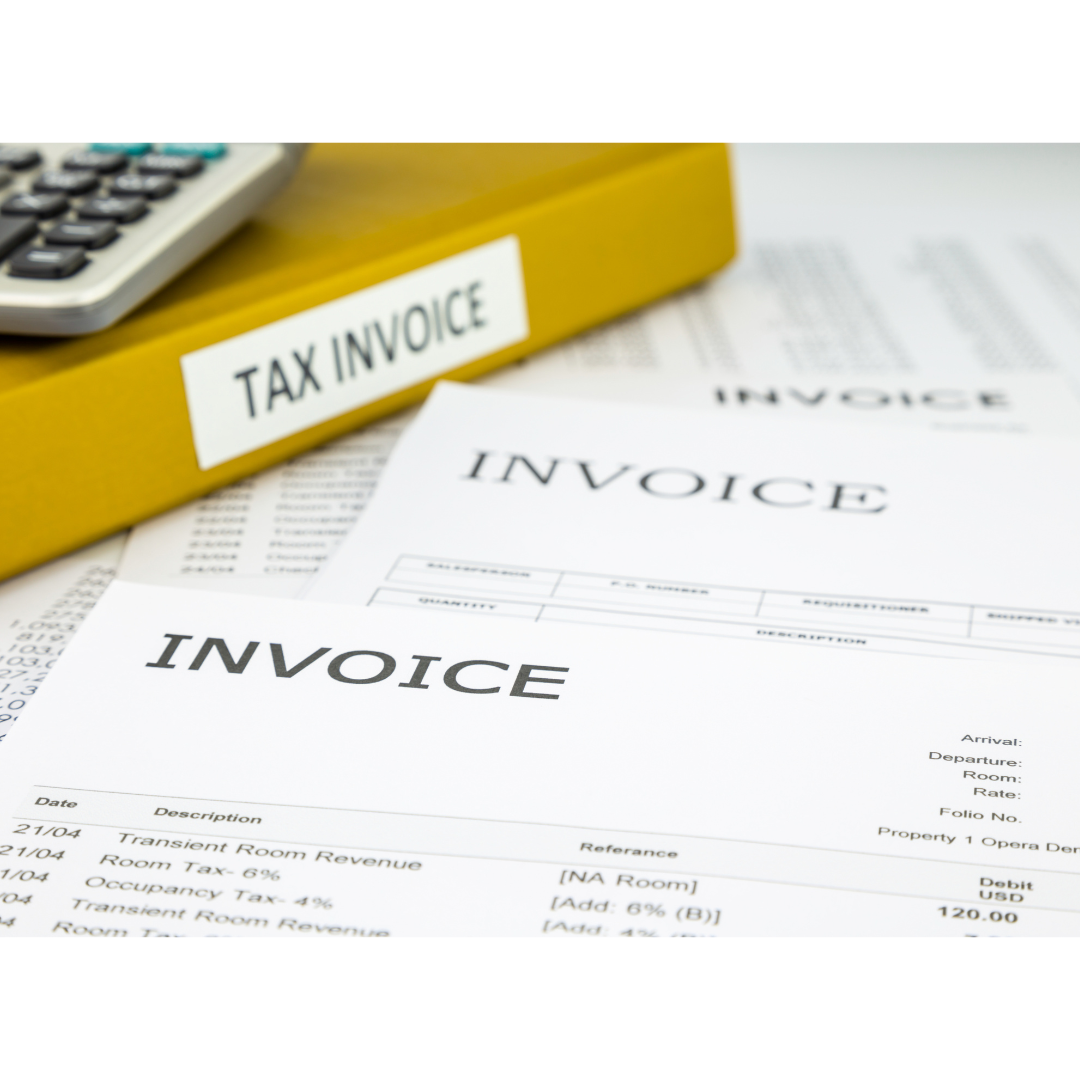
You’ve completed a job for your customer, now it’s time to begin your billing process.
Taking the time to prepare a tax invoice for your customers, gives a professional conclusion to your services. Below, we will cover the key elements to creating your tax invoice.
What is a Tax Invoice?
A tax invoice is a document that includes the services or goods provided by you, the quantity, the unit price and the GST on the services or goods. When running your own business, you will need to issue tax invoices for jobs you’ve completed for your customers. Additionally, a tax invoice can be used to verify the sales or purchase price and the GST on the job.
By law, if a customer asks for a tax invoice, you must provide one within 28 days, unless it is for a sale of $82.50 (including GST) or less.
The information a tax invoice must include depends on:
- The sale amount
- The sale type (for example, a sale that includes both taxable and non-taxable items)
- Who issues the tax invoice
Tax Invoices for Sales Under $1,000
Tax invoices for taxable sales of less than $1,000 must include enough information to clearly determine the following seven details:
- The document must clearly indicate that it is a tax invoice
- Your business name (contact details are optional, but recommended)
- Your Australian Business Number (ABN) or Australian Company Number (ACN)
- Date the invoice was issued
- A brief description of the items sold, including quantity and price, or if providing a service, the details of the service and hourly rate (if applicable)
- The Good and Services Tax (GST) amount payable (if any). It should display the GST amount for each item separately, or, if the GST amount is exactly one eleventh of the total price, it can use a statement such as ‘total price includes GST’
- Show which item sold includes GST. The invoice will meet this requirement if it either:
– Shows the GST amount for each item OR
– States that the total price includes GST
For ease of in-house filing and reference, it is also good practice to have a unique invoice number too.
Tax Invoices for Sales Over $1,000
Tax invoices for sales of $1,000 or more need the previously mentioned seven details as well as show the buyer’s identity or ABN.
If your tax invoices meet the requirements for sales of $1,000 or more, you can also use them for sales of lesser amounts.
Example 2 below shows:
- GST included in each line item
- The sale is clearly identified as being fully taxable by the words ‘total price includes GST’
- The buyer’s identity for sales of $1,000 or more
Example 1 Example 2
It’s best practice to list items clearly in your tax invoices. If you have multiple payment options, add these to the invoice too, as well as any disclosure of late fees that may be applicable.
How Do I Create an Invoice?
You are free the change the formatting, font, and details to customise your tax invoice, even adding your logo. To do this, you can use a Word or Excel template, or you can personalise it further using the tools available online through Canva or freeinvoicebuilder.
eInvoicing
eInvoicing is more than sending your tax invoices electronically (ie. via email and pdf), it’s a direct and reliable data exchange between two accounting systems. eInvoicing reduces the amount of time handling and processing tax invoices, thus reducing human errors, delays, and administration time, making payments faster, smoother, safer and easier.
If you have a lot of invoices to process each month, eInvoicing may be your better choice. One of the more commonly used eInvoicing software is Xero. With a proper Xero Subscription, you can generate your invoices and send them to your customers directly. However, it is important to know you can only send eInvoices to your customers who are using it too.
For more information on using Xero in your business, speak with Marg, our in-house Bookkeeper.
